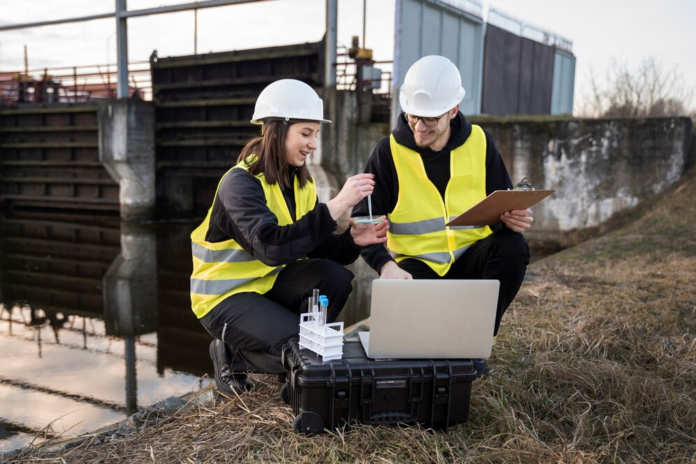Effective waste management is crucial in building projects. Properly handling waste not only improves project efficiency but also reduces environmental impact. Construction clean-up should be a key consideration from the beginning of any project to its conclusion. Let’s explore some of the best practices for managing waste in construction.
Plan for Construction Waste Management
Waste management must start with careful planning. Before the first shovel hits the ground, project managers should assess the types of waste that will be generated. This includes materials like wood, metal, plastic, and concrete. A detailed plan should be developed to ensure that all waste is handled responsibly throughout the project.
By planning, contractors can identify opportunities to reuse or recycle materials. This minimizes the volume of waste heading to landfills and reduces disposal costs. A well-thought-out waste management plan is essential for project success.
Implement a Clear Sorting System
Sorting waste is one of the most effective ways to streamline construction clean up. Setting up clearly labeled bins or areas for different types of waste allows workers to dispose of materials correctly. Common categories include recyclables, hazardous materials, and general waste.
Proper sorting not only simplifies waste disposal but also increases the potential for recycling. For example, wood and metal can often be recycled if they are kept separate from other types of waste. Clear signage and communication help workers follow the sorting system consistently.
Minimize Waste at the Source
Reducing waste starts with minimizing what enters the construction site. By carefully planning material usage, project managers can cut down on excess materials and overordering. This practice helps to lower costs and reduce the amount of waste needing disposal.
Using prefabricated materials is another way to limit waste. Prefabricated components are manufactured off-site and brought to the construction site ready to use, minimizing on-site waste. They are also often more precise, reducing the need for excess materials.
Reuse Materials Whenever Possible
Reusing materials is one of the most sustainable waste management practices in construction. Many materials can be salvaged and reused either on the same project or in future projects. For instance, bricks, metal beams, and fixtures can be carefully removed and repurposed.
Construction clean-up crews should prioritize salvaging materials for reuse. This not only conserves resources but also reduces the cost of purchasing new materials. Contractors can also partner with other projects to exchange surplus materials, fostering a circular economy.
Recycle Non-Reusable Materials
While not all materials can be reused, many can be recycled. Recycling programs for construction projects should be implemented to ensure that as much waste as possible is diverted from landfills. Materials like metal, plastic, glass, and wood can often be recycled.
It’s important to work with local recycling centers that accept construction materials. Developing relationships with these centers helps ensure that recyclable waste is handled appropriately. Proper recycling reduces the environmental impact of construction and promotes sustainable building practices.
Safely Dispose of Hazardous Materials
Hazardous materials, such as asbestos, lead, and certain chemicals, require special handling. These materials can pose serious health and environmental risks if not managed correctly. Therefore, strict safety protocols must be in place for their disposal.
Construction clean-up crews must be trained in handling hazardous waste. This includes using protective gear and following legal requirements for disposal. Partnering with certified hazardous waste disposal companies ensures that dangerous materials are dealt with in compliance with regulations.
Conclusion
Effective waste management is essential for any building project. Planning ahead, implementing clear sorting systems, and reducing waste at the source are key strategies. Reusing materials and recycling are important ways to minimize environmental impact and reduce costs.
Incorporating energy-efficient disposal methods and safely managing hazardous materials further enhance the waste management process. Regular monitoring ensures that waste management practices remain effective throughout the project. By following these best practices, construction clean-up can be both efficient and environmentally responsible.

